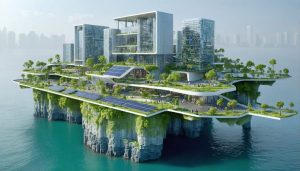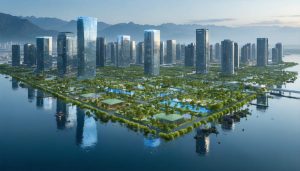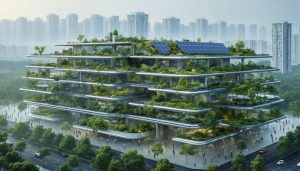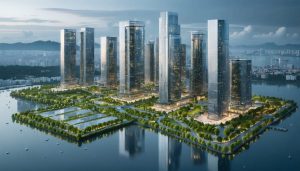
Public-Private Partnerships Are Revolutionizing Real Estate Development – Here’s How
Public-private partnerships (PPP) have revolutionized real estate development, creating a powerful collaboration model that maximizes resource efficiency while minimizing risk exposure. By combining government oversight with private sector innovation, these partnerships have transformed urban landscapes across global markets, delivering projects that neither sector could accomplish independently.
Recent data reveals that PPP real estate developments consistently …









